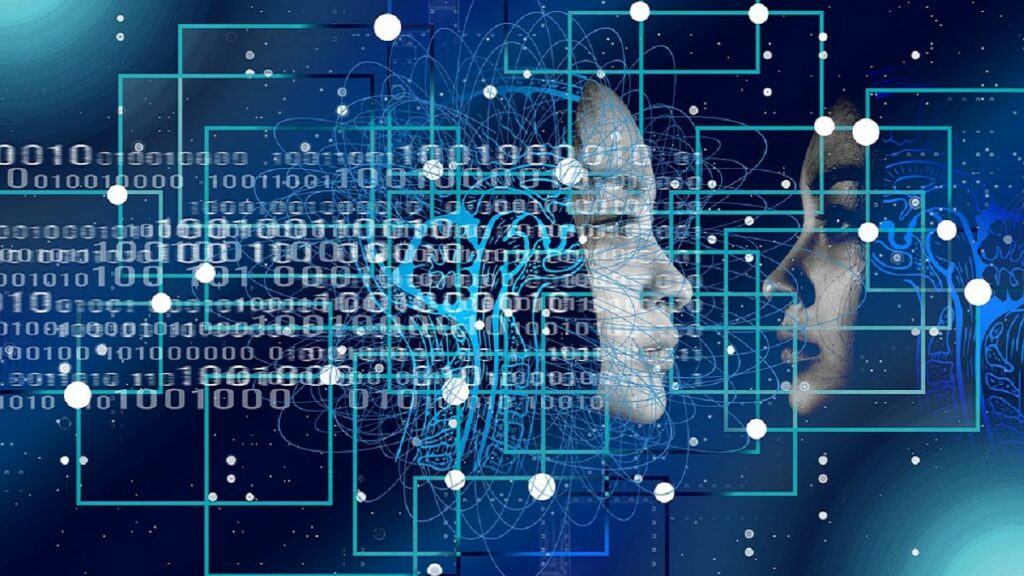Machines are considered smart when they can solve problems based on processing data inputs over time. This is the goal of Artificial Intelligence, which allows us to move towards a future where machines are autonomous in their tasks and learning, just like us humans. These are not new concepts, and they are ever-present in day-to-day interactions with businesses, films, entertainment, voice and face recognition, and even fraud detection. Many disciplines are involved in AI, striving to give life to this science. One of these is Machine Learning, which is many times incorrectly defined the same as Artificial Intelligence. Let us understand the differences.
Defining AI and Machine Learning
Artificial Intelligence (AI) is a computer science field in constant advancement, focused on developing intelligent systems capable of deciding and solving problems based on actual human intelligence. Its key objectives are reasoning, learning, logic, and perception, all of which are fundamental principles of the human mind. The term was presented at the conference Dartmouth Summer Research Project on Artificial Intelligence in 1956 by John McCarty, Marvin Minsky, and Claude Shannon. Its early technological advancements range from manufacturing (predicting and finding possible quality errors) to healthcare (enabling machines to learn and process clinical diagnostics, as well as planning treatments). AI is strongly related to fields like mathematics, computing, neuroscience, psychology, and linguistics.
Machine Learning (ML) is a branch of AI where the purpose is to create standard and easy-to-reproduce models that allow computers to recognize patterns through data management and generate predictions about future behavior without human intervention, without much emphasis on higher-level processes such as reasoning and deduction. Machine Learning is possible thanks to processed datasets, neural networks, and decision trees algorithms, all of which are applied in automated and iterative processes. The base of all learning is training, which leads us to the three different learning models used in ML:
- Reinforcement Learning: This is when machines learn by trial and error until they get the best result for accomplishing the task. Reinforcement learning is used by robots, videogames, and navigation systems.
- Supervised learning: In this case, the data is tagged by an external entity so the machine can learn to identify it in a production setting. This learning type is very useful for spam and fraud detection, voice recognition, and searching efficiency.
- Unsupervised learning: For this type of learning, large amounts of preprocessed data are provided so the computer can find similarities and make predictions. It is used for facial recognition, data analysis, and classification of information.
Current adoption rates of AI and ML
Although these topics are closely connected, they are rather different and can even be developed separately. Some interesting facts about the current state of AI adoption are the following:
- According to a global survey conducted by IBM Corporation (2020), 3 out of 4 companies are exploring or implementing AI. At least 34% of them have already implemented tools that employ this technology.
- Regarding the barriers to adopting the technology, 37% of the surveyed businesses assured that it is the absence of knowledge and experience in the area that stops them, while 31% blame the increasing data complexity and storage methods. Finally, 26% mention that the tools to develop AI models are still insufficient.
- The survey also determined that the most critical factor for AI development is trust, with 78% of participants saying that it is very or critically important that they can trust that their AI outputs are fair, safe, and reliable.



